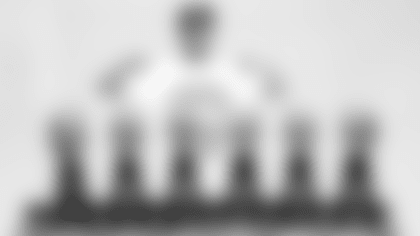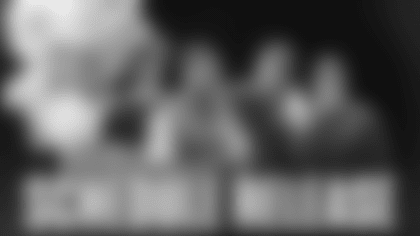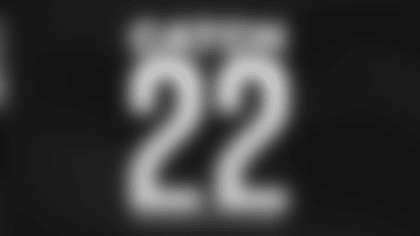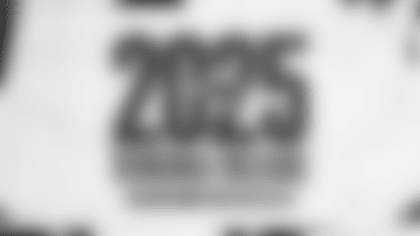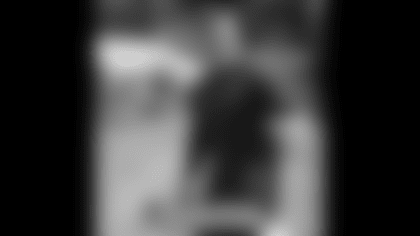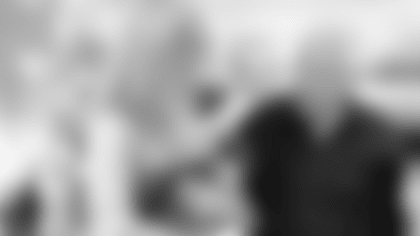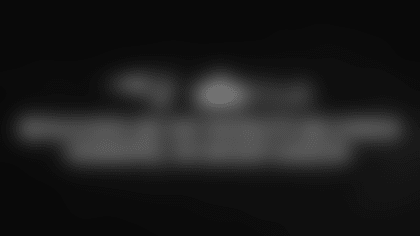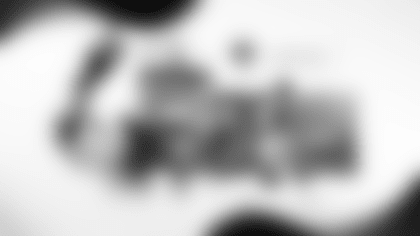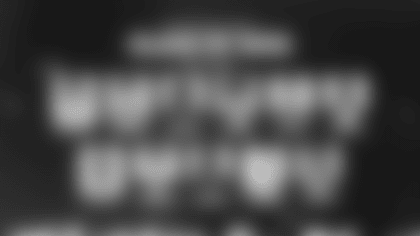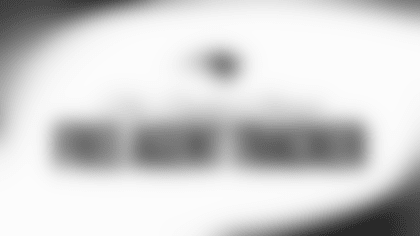Facing the greatest challenge to America's game as we know it today, the NFL has attracted some of the best and brightest research and development minds to create science and tech breakthroughs to help detect and lessen head injuries to players.
The league launched the multi-stage, $60 million Head Health Initiative in 2013. It spanned three challenges that result in participants receiving funding to advance their creations toward finished products. The NFL partnered with GE on the Head Health Challenge (HHC) journey.
Breadth and Depth

When combined with two other similar challenges-in-progress, the overall effort represents a broad approach designed to address football players at all levels to ensure the greatest level of safety when playing the game. The winners of the first challenge were announced just last week (see below).
The challenges are necessary because, unlike many corporations, the NFL does not have its own research and development arm with which to conduct this critical work. It has select, powerful suppliers that do so, but this issue is actually about much, much more than football equipment.
With this challenge in mind, tapping academia worldwide to conduct research and drive promising innovations forward makes big sense. A few of the HHC winners teamed with private sector businesses on their forward-thinking projects.
The Challenges

- Challenge I's goal is to improve the safety of athletes, members of the military and society overall. The winners were selected from an initial group of 16 challenge winners that were chosen from more than 400 entries from 27 countries. Entries were reviewed and nominated by a panel of leading healthcare experts in brain research, imaging technologies, and advocates for advances in brain research.
The NFL summarized the six finalists' breakthrough ideas as "point-of-care blood test to rapidly detect the presence of mild and moderate brain trauma; biomarkers that indicate how the brain reacts following a traumatic brain injury (TBI) and a method to identify which brain areas become disconnected after injury."
The HHC I awarded 16 first-round winners $300,000 apiece. Each of the six final winners announced last week will receive $500,000 apiece to advance their works with the funds coming from the NFL and GE.
They are: Banyan Biomarkers, Inc., San Diego, Calif.; BrainScope Company, Inc. Bethesda, Md.; Medical College of Wisconsin, Milwaukee, Wis.; Quanterix, Lexington, Mass.; University of California, Santa Barbara (UCSB), Santa Barbara, Calif.;and University of Montana, Missoula, Mont.
Check them out here.
- Challenge II is already under way and focuses on new materials and technologies that can protect the brain from traumatic injury and on new tools for tracking head impacts in real time. Challenge II is being run by GE, the NFL and Under Armour. Challenge II will award up to $8.5 million.
The winners for Head Health Challenge II will be announced this fall. There were seven first-round winners for that challenge and the list will be narrowed, according to the league. Each HHC II award winner received $500,000, and will have the opportunity to receive an additional $1 million to advance their works.
Check out videos of the first-round winners **here**.
- Challenge III focuses on supporting the discovery, design and deployment of advanced materials that improve the protection of athletes and others from brain injuries by better absorbing and mitigating force, the league said. The National Institute of Standards and Technology (NIST), now part of the U.S. Department of Commerce, is partnering with the NFL, GE and Under Armour on Challenge III. The challenge will award up to $2 million.
Present and Past

The NFL is pleased with the haul from the recently completed Head Health Challenge I.
"Since the launch of the Head Health Initiative in 2013, we have seen a deep bench of innovative ideas come through from experienced scientists, academics and entrepreneurs, with more than 400 entries for Head Health Challenge I," said Jeff Miller, the NFL's Senior Vice President of Health and Safety Policy. "The six final winners of Challenge I are helping to advance diagnosis and improve treatment around brain injury and we look forward to continuing to support their work. Through the Head Health Initiative, we hope to improve not only the safety of football players, but also the safety of all athletes, members of the military and the general public."
The league's interest in partnering with outside experts to address injury assessment, handling and prevention predated the launch of the four-year challenge program. In 2012, the NFL announced a $30 million unrestricted grant to the Foundation for the National Institutes of Health (FNIH) to advance medical research on brain injuries, especially among athletes and veterans. This, the NFL says, marked the single largest donation to any organization in the league's history. NIST helped with this undertaking.
Also in 2012, the NFL also partnered with the U.S. Army to launch what the league describes as "a long-term initiative to improve the health of soldiers and players by sharing information and providing education on concussion and health-related issues that affect both organizations."
Because talking about concussions and other brain injuries is often not a mainstream practice, this initiative, the league explains, was designed to help "foster peer-to-peer conversations to reduce the stigma that may be associated with reporting brain injuries and to promote sharing of tips on how to recognize, prevent, and manage concussions."
The Bottom Line – Looking Ahead
There's no debate that play safety is core to the current and future health of America's game. That said, the HHC Initiative has already resulted in numerous breakthroughs of use to the league and its partners such as GE (imaging) and Under Armour (materials for clothing.)
Given the sheer number of firms applying from around the world to partake in the first challenge (400 from 27 countries) it's clear as day that this program has to be taken to the next level. By that I mean it needs to be expanded to take in more participants, a process designed to handle larger volume must be created and additional funding must be made available.
More than anything is that the HHC must go on well beyond the conclusion of HHC III. The NFL has hit big on a great effort here and great efforts need to be supersized ASAP. These challenges take the place of a formal R&D unit for the NFL. And R&D units don't go away as they drive the evolution of their organizations.
The NFL's teaming with NIST, the NIH, the U.S. Army and partners such as GE and Under Armour that cover society well outside the purview of the NFL, demonstrates the soaring interest in addressing brain injuries in everyday life throughout society.
That's exactly why the NFL's HHC Initiative and related efforts need to forge ahead in some form. It's about much more than pro football.
Stay tuned!
Bob Wallace is a technology journalist with over 30 years of experience explaining how new services, apps, consumer electronic devices and video sources are reshaping the world of communications as we know it. Wallace has specific expertise in explaining how and why advances in technology, media and entertainment redefine the way football fans interact with the league, teams, players and each other. He's the Founder of Fast Forward Thinking LLC.








